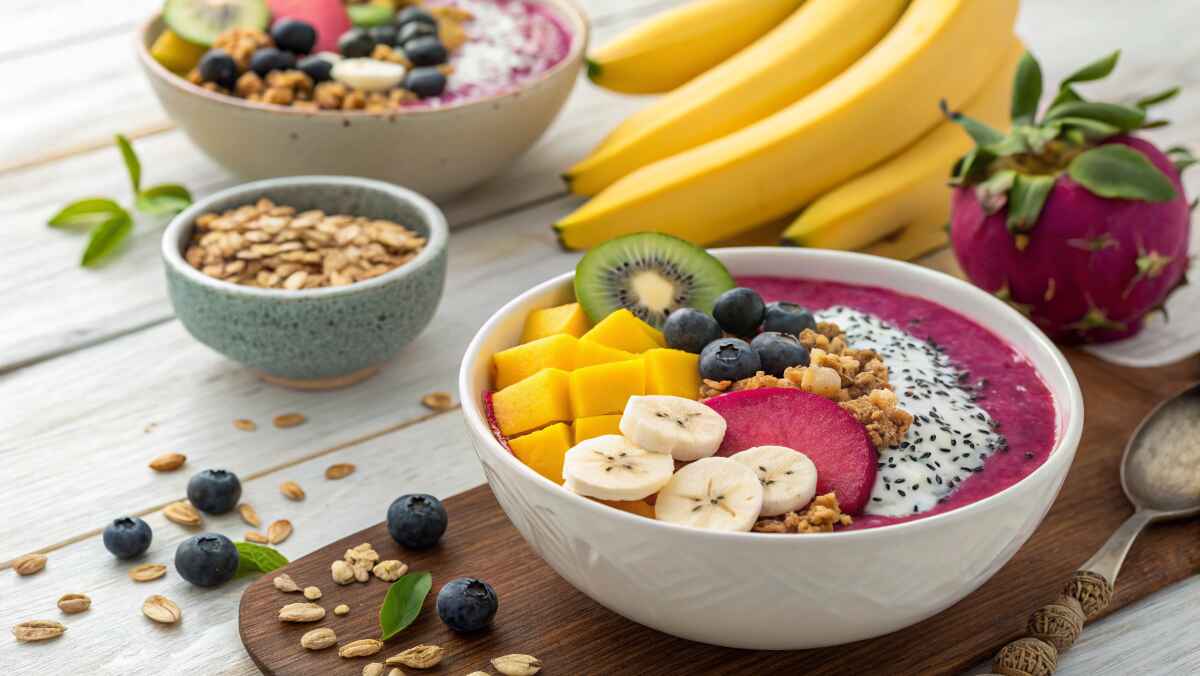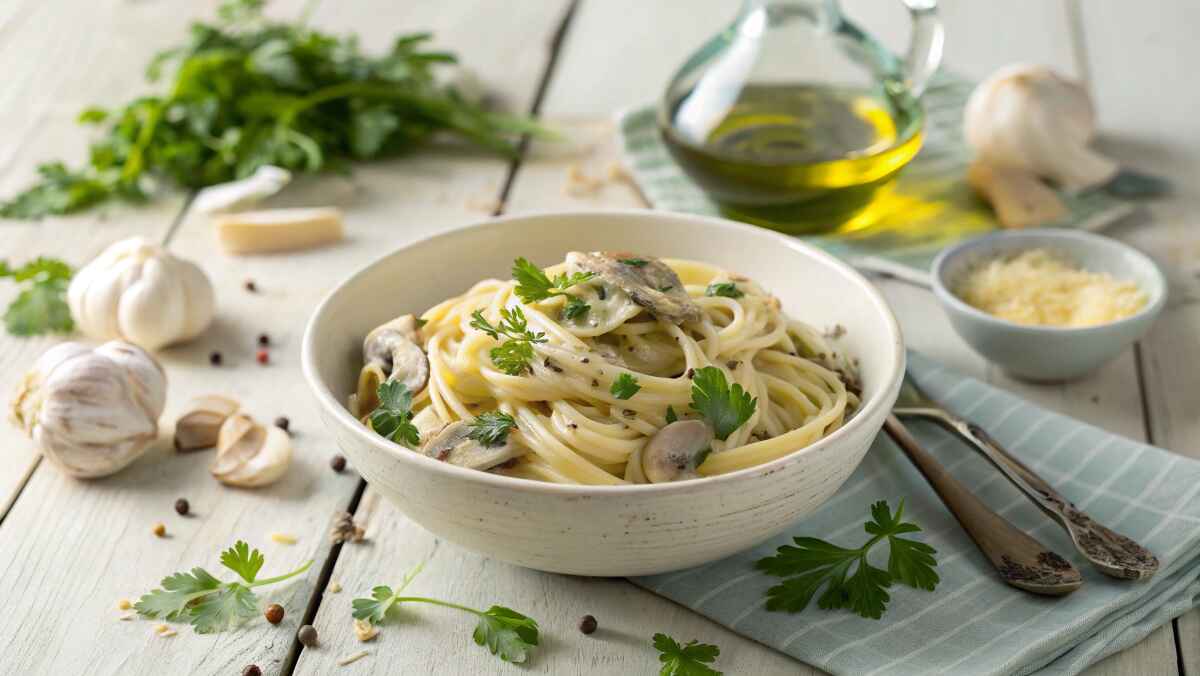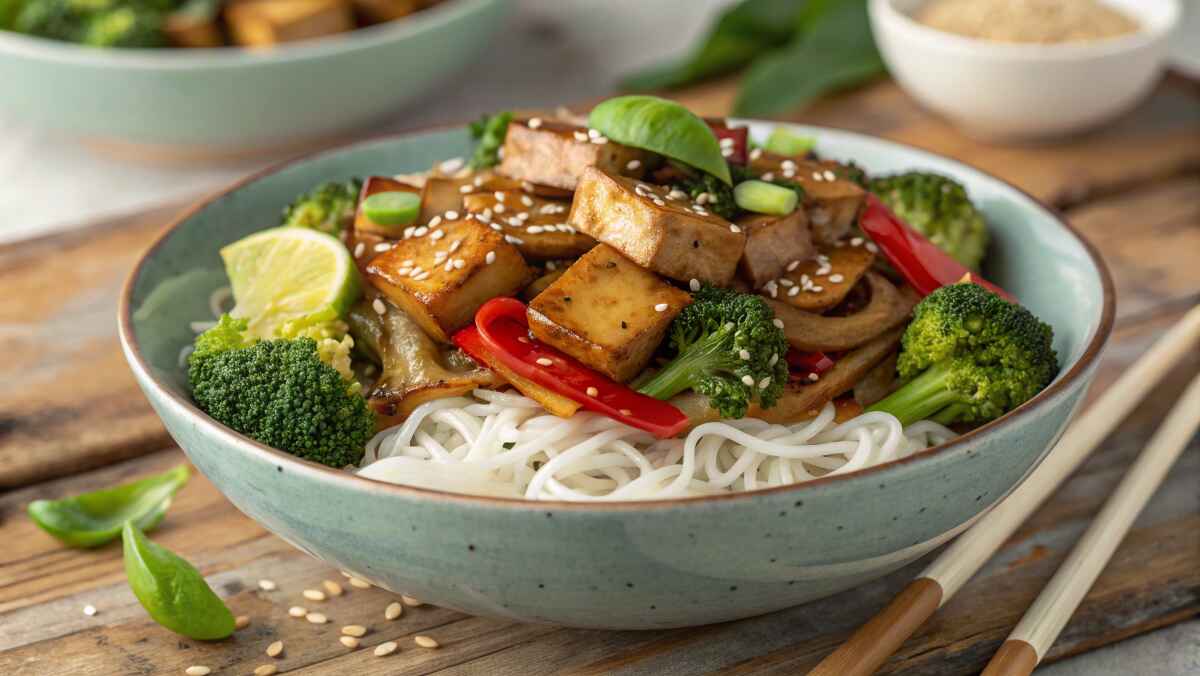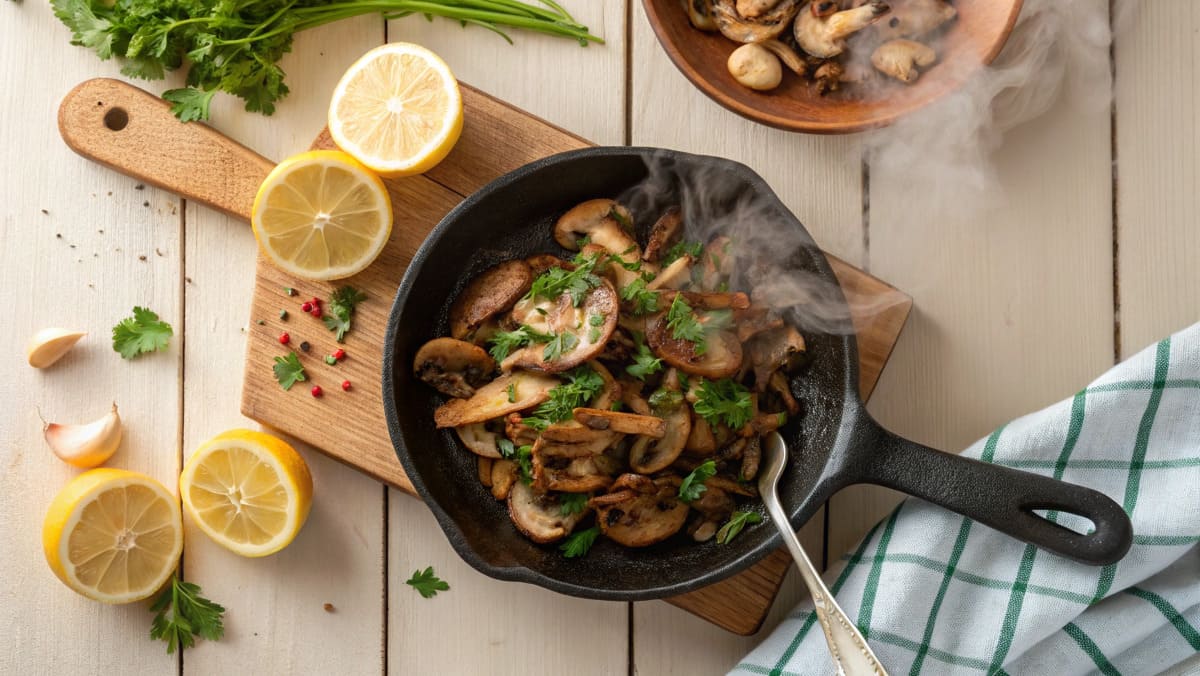Are pitaya bowls healthy? This question has become increasingly common as superfood smoothie bowls continue to gain popularity in the health and wellness world. Among these, pitaya bowls—crafted from dragon fruit—have emerged as a refreshing, antioxidant-packed, and fiber-rich option for those looking for a nutritious and visually stunning meal. Their vibrant magenta color and naturally sweet, tropical flavor make them not only Instagram-worthy but also a wholesome alternative to processed breakfasts and sugary snacks.
A pitaya bowl is often praised for its impressive nutrient profile. Dragon fruit is naturally low in calories yet high in vitamin C, magnesium, and fiber, making it an excellent choice for immune support, digestion, and overall well-being. However, the nutritional value of a pitaya bowl depends significantly on its ingredients and portion sizes. While homemade versions can be light, balanced, and packed with superfoods, some store-bought or restaurant-prepared bowls can be loaded with added sugars, high-calorie toppings, and processed ingredients, which may reduce their health benefits.
Many nutritionists warn that while smoothie bowls may appear to be the perfect healthy meal, they can sometimes be deceptively high in sugar. Even though the natural sugars found in fruit are far better than refined sugars, large portions without proper protein and healthy fat balance may lead to blood sugar spikes and energy crashes. To fully enjoy the benefits of a pitaya bowl, it’s essential to choose wholesome ingredients and create a nutrient-dense, well-balanced version at home.
For those seeking additional balanced meal ideas, check out one-pot meals packed with nutrients—a great way to enjoy easy, healthy, and satisfying dishes without excessive sugar or processed ingredients.
What Is a Pitaya Bowl?
A pitaya bowl is a smoothie-based meal made with frozen pitaya puree or fresh dragon fruit, blended with bananas, plant-based milk, and other fruits to create a thick, creamy texture. It is often topped with granola, coconut flakes, nuts, chia seeds, and fresh fruit to enhance flavor and texture.
How Does It Compare to an Açaí Bowl?

- Pitaya bowls are lower in fat and calories compared to açaí bowls, which contain more healthy fats from açaí berries.
- Both bowls are high in antioxidants and fiber, but pitaya bowls are naturally higher in vitamin C and more hydrating due to their high water content.
- Açaí bowls have a richer, berry-like flavor, while pitaya bowls are lighter and slightly tangy.
If you’re looking for more superfood breakfast options, check out this guide to high-protein breakfast ideas for delicious and energy-boosting morning meals.
Nutritional Profile of Pitaya
Macronutrients Per 100g of Pitaya (Dragon Fruit)
Understanding the nutritional composition of pitaya (dragon fruit) is essential to evaluating its health benefits and how it fits into a balanced diet. Pitaya is known for being a low-calorie, nutrient-dense fruit that provides essential vitamins, minerals, and fiber, making it a great addition to smoothie bowls, snacks, and healthy desserts.
Calories: ~60 kcal
Pitaya is naturally low in calories, making it an excellent choice for those looking to maintain or lose weight. Despite its sweet taste, it provides fewer calories per serving compared to other tropical fruits like mangoes (~70 kcal per 100g) or bananas (~89 kcal per 100g). This means you can enjoy a large portion without consuming excessive calories, making it a light yet satisfying ingredient for smoothies and bowls.
Carbohydrates: ~13g
Most of the energy in pitaya comes from carbohydrates, primarily in the form of natural fruit sugars and fiber. These slow-digesting carbs provide sustained energy without causing dramatic blood sugar spikes, especially when consumed with healthy fats and proteins. This makes pitaya an excellent pre-workout or mid-day snack for steady energy levels.
Fiber: ~3g
Dietary fiber is one of the standout nutrients in pitaya. With 3g of fiber per 100g, pitaya contributes to:
- Improved digestion by promoting regular bowel movements.
- Gut health support by feeding beneficial gut bacteria.
- Blood sugar regulation, helping to prevent rapid spikes and crashes.
- Prolonged satiety, making it a useful food for weight management.
For comparison, pitaya contains more fiber than grapes (~0.9g per 100g) but less than raspberries (~6.5g per 100g), making it a moderate fiber source that contributes to overall gut health.
Sugar: ~8g (Natural Sugars)
Pitaya contains natural sugars, giving it a mildly sweet and refreshing taste. Unlike processed sugars, the natural sugars found in pitaya are paired with fiber, which helps slow their absorption and prevents extreme blood sugar spikes.
However, it’s important to note that pitaya bowls often contain additional sweet fruits (bananas, mangoes) and toppings (honey, granola, dried fruit), which can increase the overall sugar content. For a low-sugar option, consider balancing the bowl with unsweetened nut butter, protein powder, or Greek yogurt to stabilize blood sugar levels.
Protein: ~1.2g
Pitaya contains a small amount of protein, but not enough to be considered a high-protein fruit. If you’re using pitaya as a meal replacement or post-workout snack, it’s best to pair it with protein-rich ingredients like:
- Chia seeds or hemp seeds (rich in plant-based protein and omega-3s).
- Greek yogurt or cottage cheese (for a creamy, protein-packed base).
- Protein powder (blended into the smoothie for an extra boost).
Since protein is essential for muscle repair, satiety, and metabolism, adding additional sources will make your pitaya bowl more nutritionally complete.
Fat: ~0.1g
Pitaya is naturally very low in fat, making it a great option for low-fat diets. However, healthy fats are important for hormone balance, brain function, and nutrient absorption, so it’s beneficial to add a source of healthy fats to your pitaya bowl. Some great options include:
- Almond butter or peanut butter for a creamy texture.
- Coconut flakes for a tropical flavor and healthy medium-chain triglycerides (MCTs).
- Chia or flaxseeds for an omega-3 boost.
By pairing pitaya with healthy fats, you can create a more balanced and satisfying meal that helps keep you full for longer.
Key Vitamins and Minerals:
- Vitamin C – Boosts immune function and improves skin health
- Magnesium – Supports muscle recovery and relaxation
- Iron – Helps with oxygen transport in the body
- Antioxidants – Reduce inflammation and oxidative stress
Since pitaya is naturally low in fat and calories, it makes for a light yet satisfying smoothie base. However, its low protein content means that pitaya bowls should be balanced with additional protein sources to be a truly healthy meal.
For a more comprehensive look at nutrient-rich foods, explore white sweet potatoes and their health benefits for another powerful superfood option.
Health Benefits of Pitaya Bowls
1. Rich in Antioxidants
- Pitaya contains betacyanins, flavonoids, and phenolic acid, which help combat oxidative stress and reduce inflammation.
- These compounds may slow down aging, boost skin health, and protect against chronic diseases.
2. Supports Digestion and Gut Health
- The fiber in pitaya helps promote healthy digestion and feed beneficial gut bacteria.
- Some pitaya bowls also include probiotic-rich toppings like Greek yogurt or kefir, which enhance gut health benefits.
If you’re interested in other fiber-rich foods, check out this nutritional breakdown of white sweet potatoes for another high-fiber superfood.
3. Hydrating and Refreshing
- Pitaya is 90% water, making it a hydrating choice for hot days or post-workout recovery.
4. Immune-Boosting Nutrients
- Vitamin C and antioxidants work together to strengthen the immune system.
- A single serving can provide up to 20% of your daily vitamin C needs.
Potential Downsides of Pitaya Bowls
1. High in Natural Sugars
- Fruits like bananas, mangoes, and pitaya naturally contain sugar, which can cause blood sugar spikes if consumed in large amounts.
- Toppings like honey, granola, and dried fruit can add extra sugar, making some pitaya bowls as calorically dense as a dessert.
2. Can Be High in Calories Depending on Toppings
- Nut butters, coconut flakes, and granola add healthy fats but can increase calorie intake.
- A pitaya bowl can range from 200 to 600 calories, depending on the ingredients used.
3. Lacks Protein
- While rich in vitamins and antioxidants, pitaya itself is low in protein, making it less filling as a standalone meal.
- To make it more balanced, consider adding:
- Greek yogurt or cottage cheese
- Protein powder
- Chia seeds or hemp seeds
For more protein-packed snack options, check out this recipe for protein-packed cookies.
Are Pitaya Bowls Good for Weight Loss?
Pros:
✔ Low in calories compared to other smoothie bowls
✔ High in fiber, which promotes fullness
✔ Hydrating and nutrient-dense
Cons:
❌ Can be high in sugar if not portioned correctly
❌ Lack of protein may lead to hunger soon after eating
How to Make a Weight-Loss-Friendly Pitaya Bowl:
- Use unsweetened plant-based milk
- Add a source of protein (Greek yogurt, tofu, protein powder)
- Control portion sizes of calorie-dense toppings
For more weight-friendly meal ideas, check out this guide on low-calorie meal planning.
Final Thoughts: Are Pitaya Bowls Healthy?
Yes, pitaya bowls can be incredibly healthy—but their nutritional value depends on the ingredients used and how they are prepared. While pitaya (dragon fruit) itself is low in calories, high in fiber, and packed with antioxidants, some store-bought or restaurant versions can be loaded with added sugars, processed toppings, and excessive calories.
By making smart ingredient choices, you can transform a pitaya bowl into a balanced, nutrient-dense meal that fuels your body without unnecessary sugar spikes. Here’s how:
- Opt for unsweetened pitaya puree instead of sugar-filled blends.
- Balance natural sugars from fruit with protein and healthy fats (such as Greek yogurt, protein powder, or nut butter) to keep you fuller for longer.
- Choose nutrient-dense toppings like chia seeds, flaxseeds, or hemp seeds rather than highly processed granolas or sugary syrups.
- Be mindful of portion sizes—a small bowl packed with the right nutrients can be just as satisfying as a large one overloaded with unnecessary calories.
If you’re looking for a refreshing, vitamin-packed breakfast, post-workout snack, or midday energy boost, a well-balanced pitaya bowl is a delicious and wholesome choice. It not only satisfies your sweet cravings naturally but also provides essential nutrients that support digestion, skin health, and overall well-being.
Would you like to try making one at home? Blend up your own pitaya bowl today, experiment with toppings, and enjoy the tropical goodness! 🌺🍍🥭
For more healthy breakfast inspiration, explore these delicious and nutritious morning meal ideas and start your day the right way! 🚀




